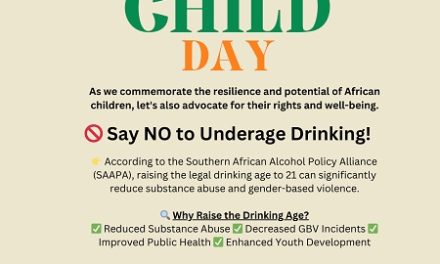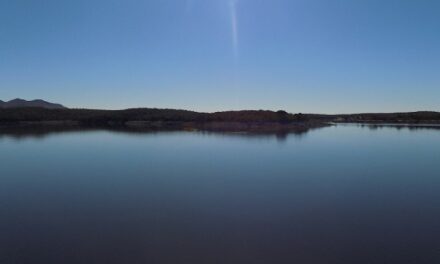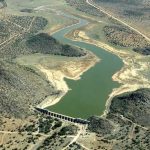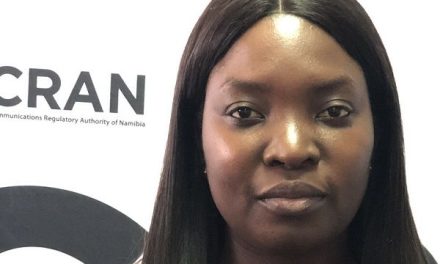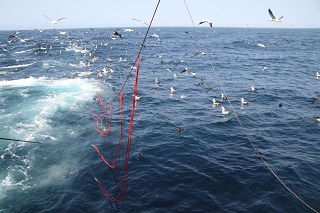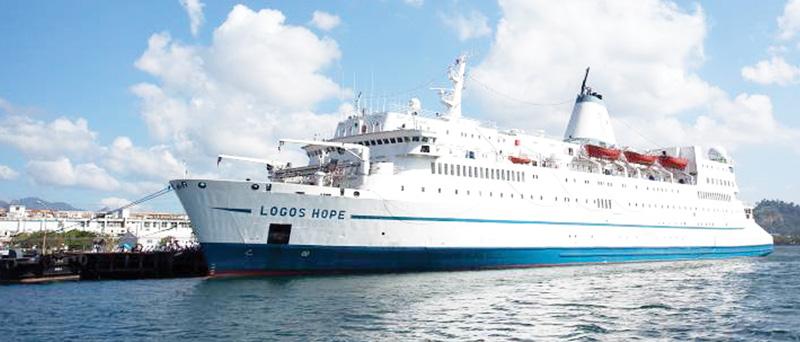
Investors guide to bush-thinning
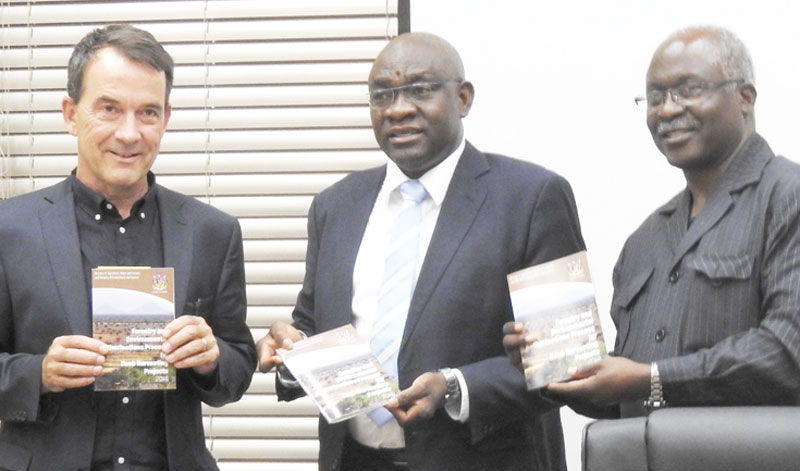
The Environmental Commissioner, Theofilus Nghitila and Director of Forestry, Joseph Hailwa launched the “Forestry and Environmental Authorisations Process for Bush Harvesting Projects” booklet in Windhoek this week.
The booklet contains the framework of a generic Environmental Management Plan to be used to apply for Environmental Clearances from the Ministry of Environment and Tourism (MET) for projects that exceed 150 hectares of bush thinning per year. The new guidelines streamline procedures of MET and the Ministry of Agriculture Water and Forestry improves the approval process of bush-thinning.
With the support of the Southern African Institute for Environmental Assessment (SAIEA), the new compendium serves as a guide to investors on the environmental laws and regulations that must be complied with in bush harvesting and value addition projects. This process was steered by the GIZ Support to De-bushing Project through participatory consultations with end-users.
The booklet is informed by a study of “Strategic Environmental Assessment of large-scale bush thinning and value-adding activities in Namibia” that was completed this year. Department of Environmental Affairs, Minister of Environment and Tourism, Teofilus Nghitila, said at the launch of the booklet, the investors and project developers will recognise the necessity for monitoring and controlling of bush harvesting operations.
To ensure responsible and sustainable bush thinning, the Ministry of Environment and Tourism through the Department of Environmental Affairs will facilitate the authorisation process for bush-harvesting projects by issuance of environmental clearance certificate.
The Directorate of Forestry, in the Ministry of Agriculture, Water and Forestry, plays an important role in ensuring that bush thinning is done appropriately. “Our Forestry Inspectors are responsible for granting permits to cut bush, and for monitoring bush harvesting operations. We want to facilitate the right kind of bush thinning, and prevent the unscrupulous cutting of our most useful and protected trees.” Hailwa said.
As well as decreasing the carrying capacity of range-lands, encroacher bush also has a harmful effect on Namibia’s water resources, drastically decreasing water inflow into underground reserves. For these reasons, Government has committed itself to make bush encroachment value-adding a priority so that our range-lands can be restored.
large scale (more than 150 hectares) bush thinning will require a forestry harvesting permit as stipulated in these guidelines and also require an environmental clearance certificate.
As stipulated in these guidelines, large scale (more than 150 hectares) bush thinning will require a forestry harvesting permit and an environmental clearance certificate.
The species that form this thorny problem are indigenous, they form part of savannah, and play a role in the ecological processes that sustains many. For these reasons, Hailwa said it is important that we do not totally eradicate the bush. Rather, the emphasis is on selectively removing the problem bushes, and retaining those larger individuals that are most useful for the health of the range-lands. Hailwa said that the opportunity to profit from bush carries with it a risk of irresponsible harvesting. “We must aim to thin the bush, not to de-bush entirely. People are realising the economic value of the bush, and harvesting of wood products is on the increase,” he said.










